Understanding waves is fundamental to grasping many concepts in physics, from sound and light to the behavior of particles. Whether you’re a student grappling with introductory physics or a seasoned educator seeking clarity, having a solid grasp on the basics is essential. One common tool for solidifying understanding is the “Wave Worksheet.” This worksheet typically covers a range of wave properties and calculations. However, understanding the questions is only half the battle – you also need the right answers! This post aims to provide a resource for students and educators alike, offering not just the answers, but also some context and explanations that will hopefully clarify the concepts involved.
Understanding the Basics of Wave Motion
Before diving into the answer key, let’s quickly recap some essential concepts related to wave motion. A wave is essentially a disturbance that transfers energy through a medium (or space). We categorize waves in many ways, but a primary distinction is between transverse and longitudinal waves. Transverse waves, like light waves, have oscillations perpendicular to the direction of wave propagation. Think of a rope tied to a fixed point – if you shake the rope up and down, you create a transverse wave. Longitudinal waves, such as sound waves, have oscillations parallel to the direction of wave propagation. Imagine pushing and pulling a slinky – the compressions and rarefactions travel along the slinky’s length. Key properties of waves include:
- Amplitude (A): The maximum displacement from the equilibrium position. It relates to the energy of the wave.
- Wavelength (λ): The distance between two consecutive crests or troughs (for transverse waves) or compressions or rarefactions (for longitudinal waves).
- Frequency (f): The number of complete wave cycles that pass a given point per unit time (usually measured in Hertz, Hz, which is cycles per second).
- Period (T): The time it takes for one complete wave cycle to pass a given point. It is the inverse of frequency (T = 1/f).
- Wave Speed (v): The speed at which the wave propagates through the medium. It is related to wavelength and frequency by the equation v = fλ.
These properties are often tested in Wave Worksheets. Knowing the definitions and relationships between them is key to solving the problems.
Wave Worksheet Answer Key
Below are answers to some common types of problems found on Wave Worksheets. Please remember that specific worksheets vary, so this is meant as a general guide and assumes common questions regarding wave properties. It is strongly encouraged that you understand the *process* of arriving at the answer, rather than just memorizing the answers themselves.
Common Wave Worksheet Questions and Answers
-
Question: A wave has a frequency of 5 Hz and a wavelength of 2 meters. What is its speed?
- Answer: v = fλ = (5 Hz)(2 m) = 10 m/s
- Explanation: This question directly uses the wave speed equation. Make sure your units are consistent (Hz is cycles per second, m is meters).
-
Question: If the period of a wave is 0.2 seconds, what is its frequency?
- Answer: f = 1/T = 1 / (0.2 s) = 5 Hz
- Explanation: The frequency and period are inversely proportional. Use the formula f = 1/T to calculate the frequency.
-
Question: A wave travels 6 meters in 2 seconds. What is its speed?
- Answer: v = distance / time = 6 m / 2 s = 3 m/s
- Explanation: This calculates speed using the basic definition of speed as distance traveled per unit of time.
-
Question: Describe the difference between a transverse wave and a longitudinal wave.
- Answer: In a transverse wave, the oscillations are perpendicular to the direction of wave propagation. In a longitudinal wave, the oscillations are parallel to the direction of wave propagation.
- Explanation: This is a conceptual question. Key examples are light (transverse) and sound (longitudinal).
-
Question: If the amplitude of a wave increases, what happens to its energy?
- Answer: The energy of the wave increases. The energy is proportional to the square of the amplitude.
- Explanation: A larger amplitude corresponds to a larger displacement of the medium, indicating that more energy is being carried by the wave.
-
Question: A sound wave has a frequency of 440 Hz. If the speed of sound in air is 343 m/s, what is the wavelength of the sound wave?
- Answer: λ = v / f = 343 m/s / 440 Hz = 0.78 m (approximately)
- Explanation: Rearrange the wave speed equation (v = fλ) to solve for wavelength (λ = v/f).
It’s important to remember that this is just a sample of the types of questions you might encounter. Wave worksheets often include diagrams requiring you to identify wavelength and amplitude, as well as more complex problems involving interference and diffraction. Practice is key! Use this guide to check your answers and understand the underlying principles. Don’t just memorize the answers; strive to understand the “why” behind each calculation. This will help you not only succeed on wave worksheets but also build a strong foundation for more advanced physics concepts.
If you are looking for Anatomy Of A Wave Worksheet Answer Key | Anatomy Worksheets you’ve came to the right page. We have 20 Pictures about Anatomy Of A Wave Worksheet Answer Key | Anatomy Worksheets like Wave Worksheet Answer Key Lovely Anatomy A Wave Worksheet – Chessmuseum, transverse wave worksheet answer key and also Anatomy Of A Wave Worksheet Answer Key | Anatomy Worksheets. Here you go:
Anatomy Of A Wave Worksheet Answer Key | Anatomy Worksheets

anatomyworksheets.com
Worksheet Labeling Waves Answer Key Worksheet – Vrogue.co
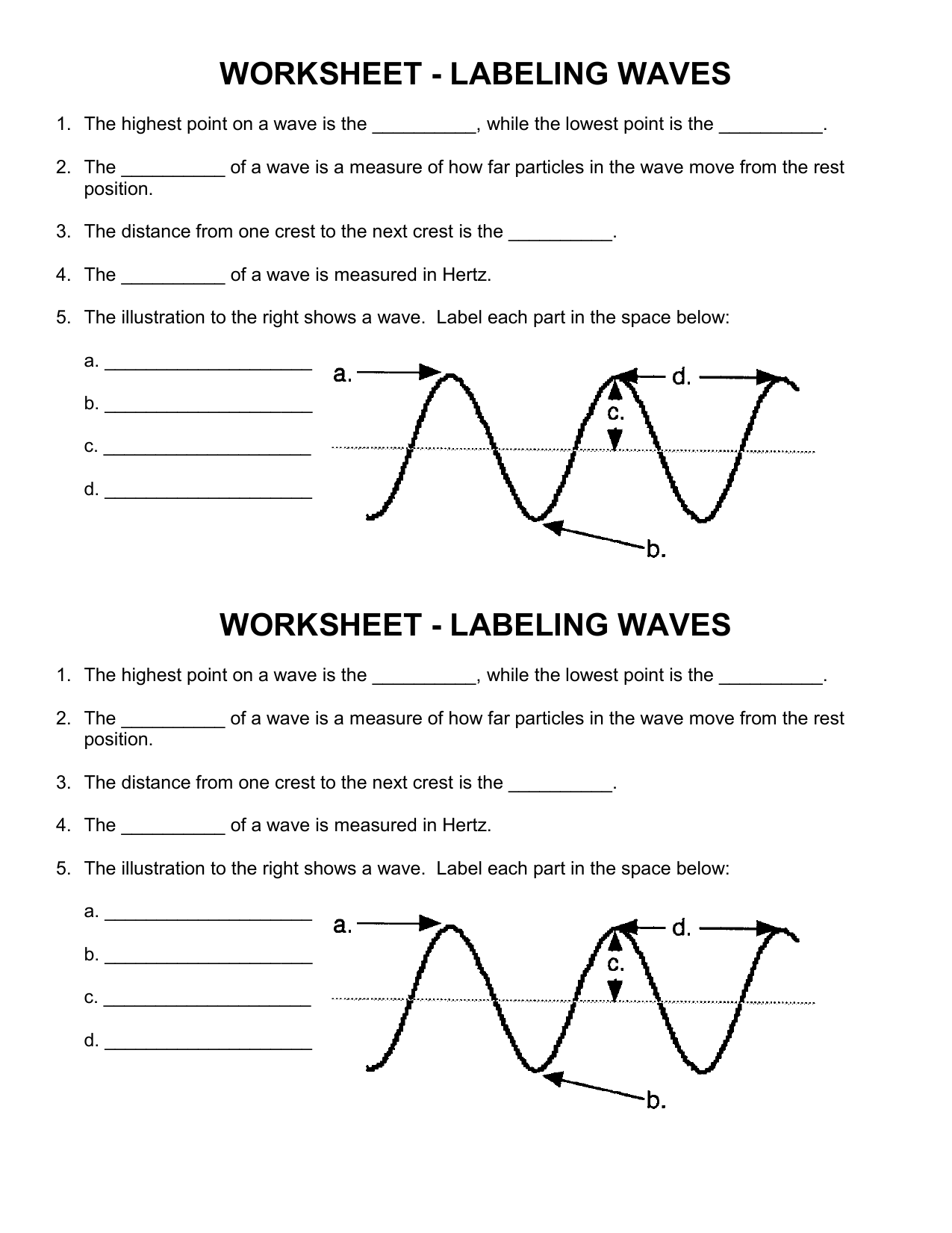
www.vrogue.co
36 Matter Worksheet Answer Key Worksheet Info 2021 – Vrogue.co
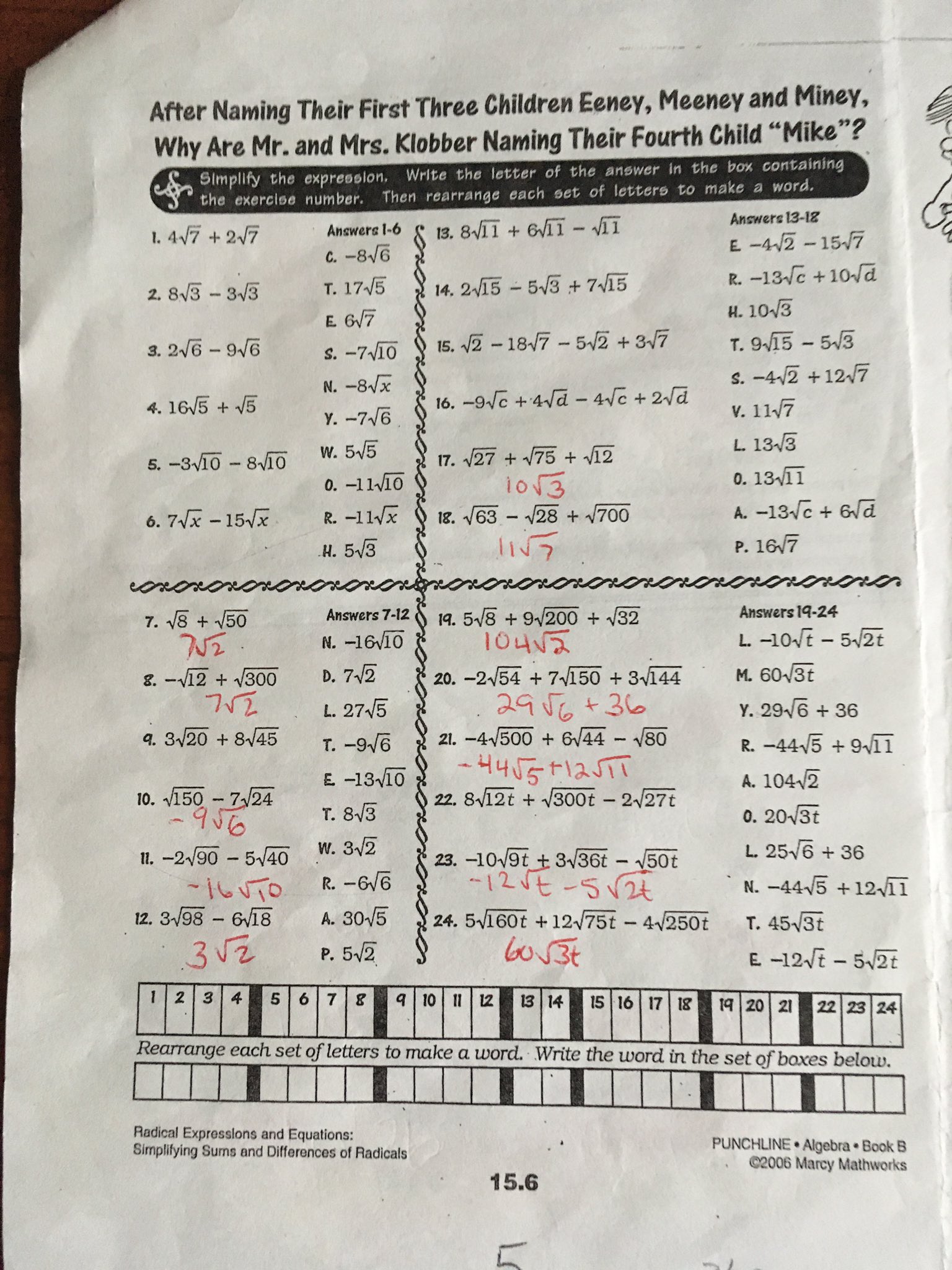
www.vrogue.co
Waves Review Worksheet Answer Key – Owhentheyanks.com
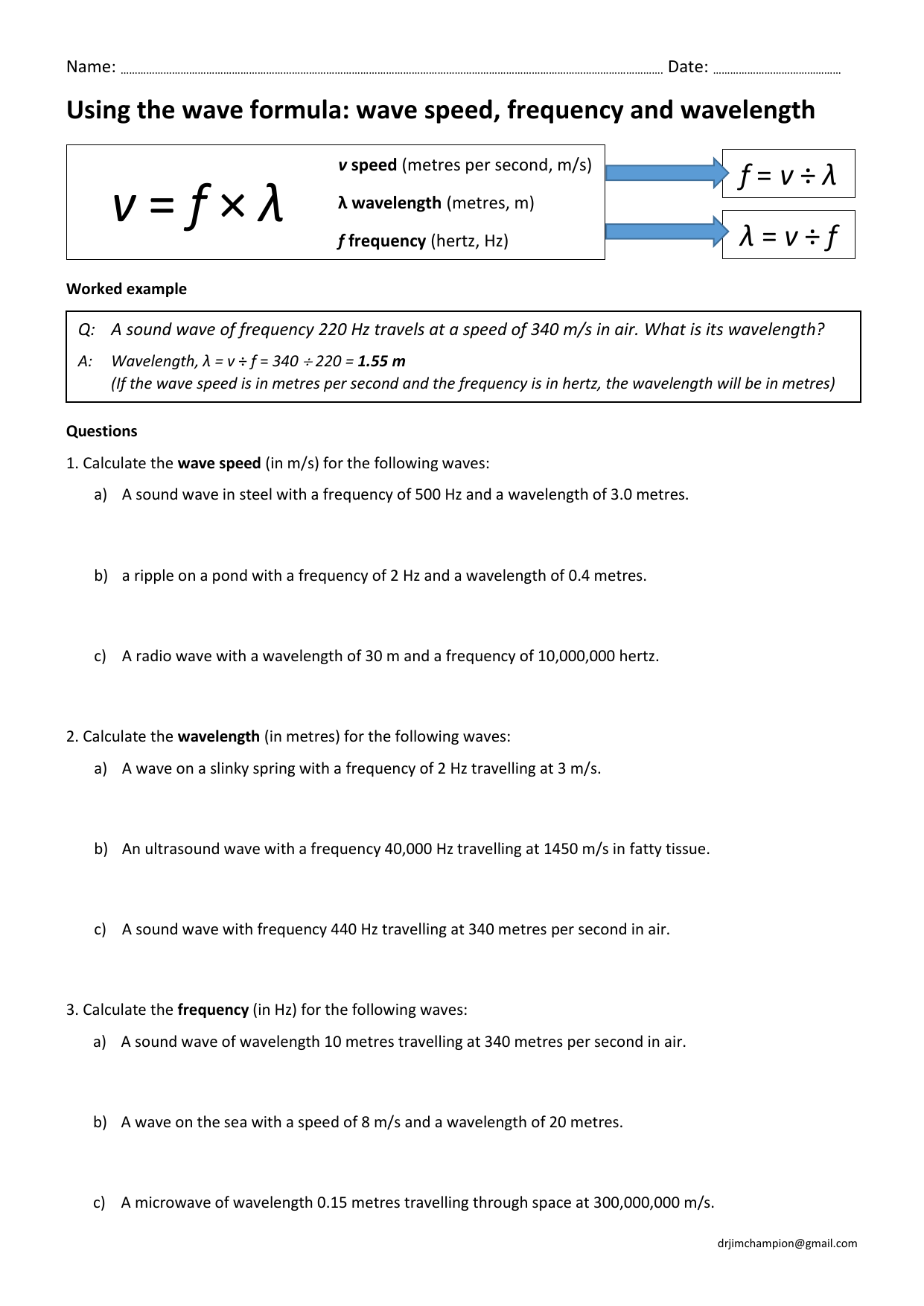
www.owhentheyanks.com
Phet Wave Investigation Answer Key
lessonlibraryplumes.z21.web.core.windows.net
Transverse Wave Worksheet Answer Key

worksheetpic101.s3.amazonaws.com
SOLUTION: Waves And Optics Anatomy Of A Wave Worksheet – Studypool

www.studypool.com
Waves Worksheet 1 Answers Luxury 16 Best Of Wave Worksheet 1 Answer Key
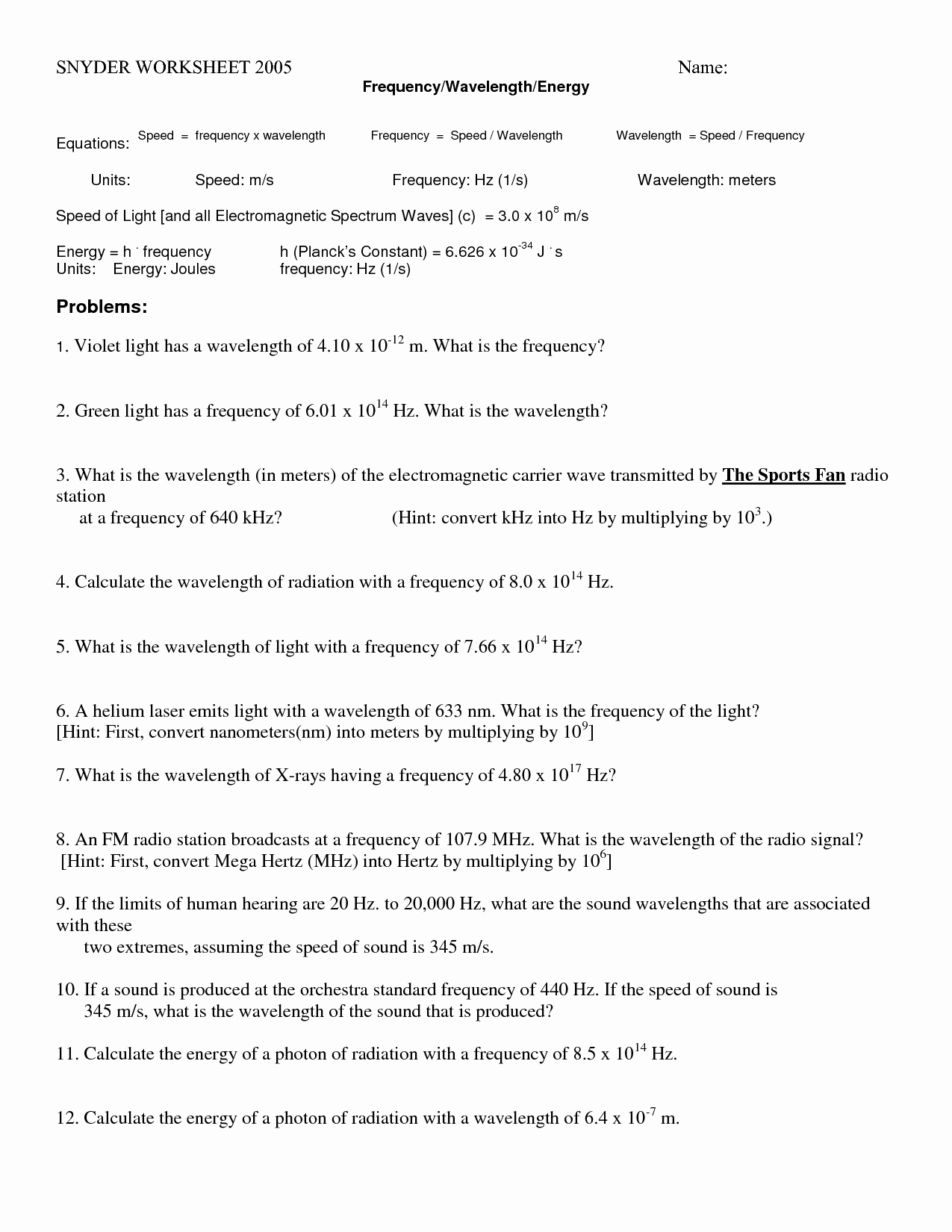
chessmuseum.org
Wave Worksheet Answer Key Lovely 14 Best Of Sound Waves Worksheet
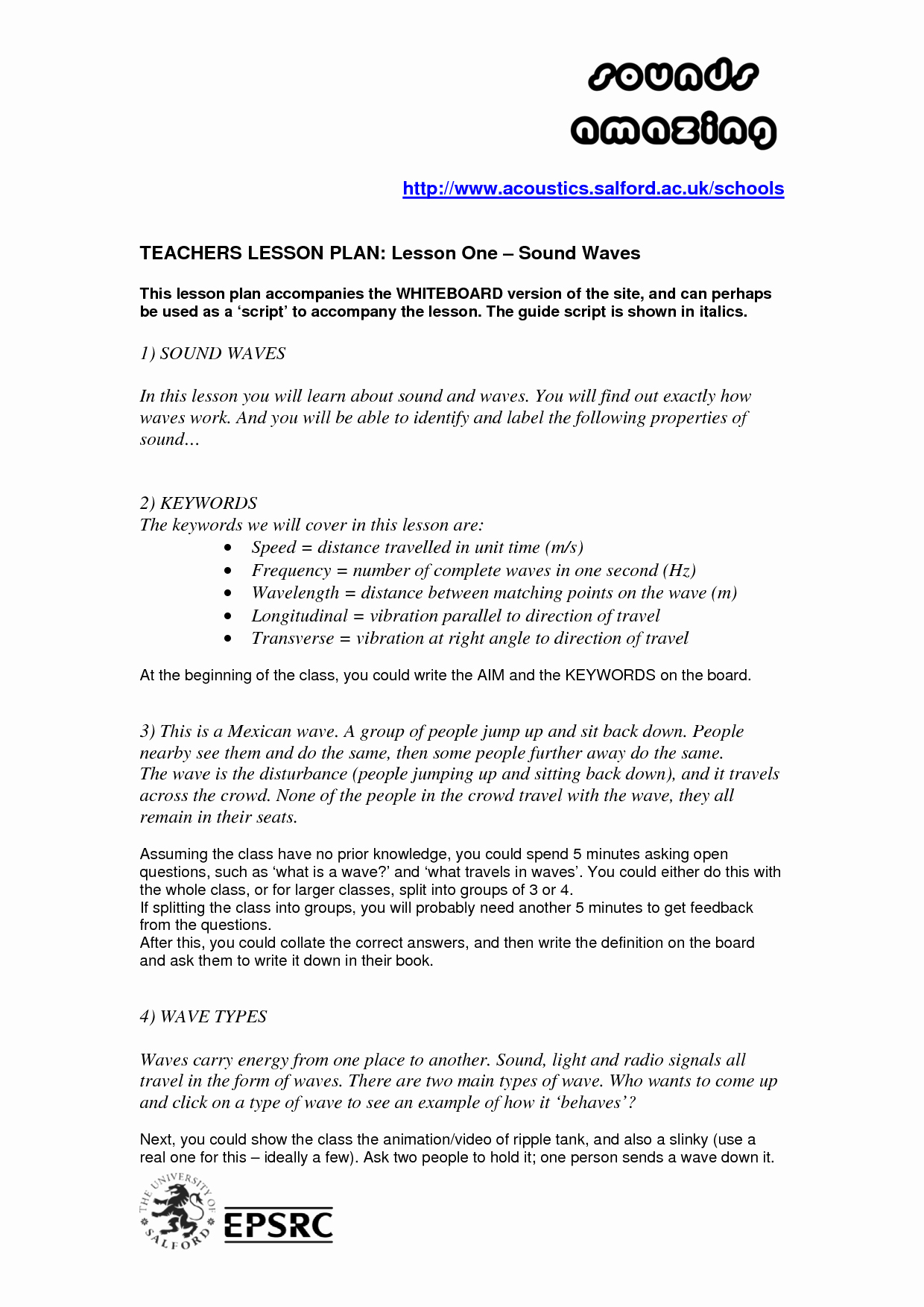
chessmuseum.org
Wave Worksheet Answer Key – E-streetlight.com
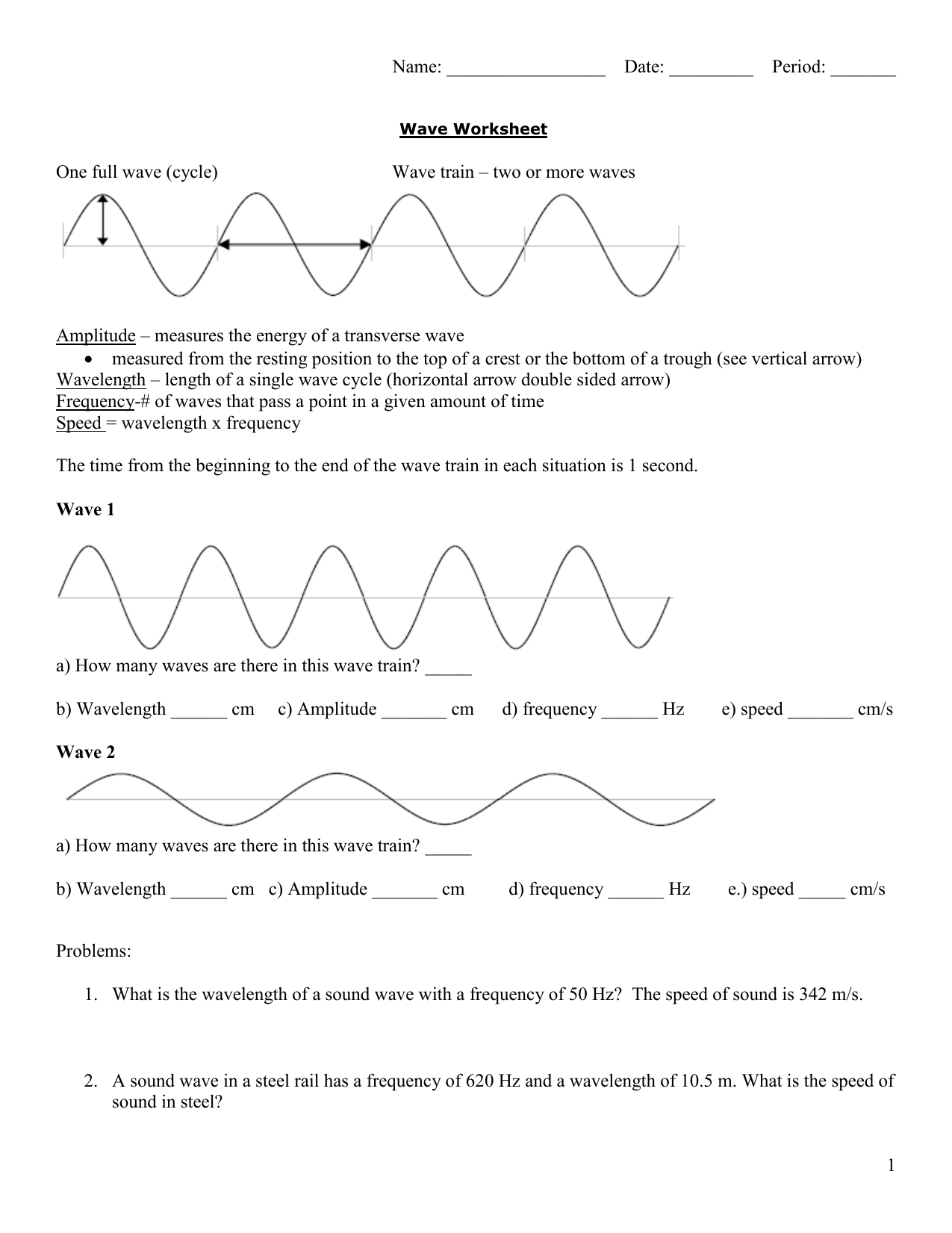
www.e-streetlight.com
Wave Worksheet – Amp Period Wavelength.pdf – Waves Worksheet Wave

worksheets.clipart-library.com
Sound Waves Investigation Worksheet

dbdalrymplepittites.z21.web.core.windows.net
Wave Worksheet Answer Key – Pro Worksheet
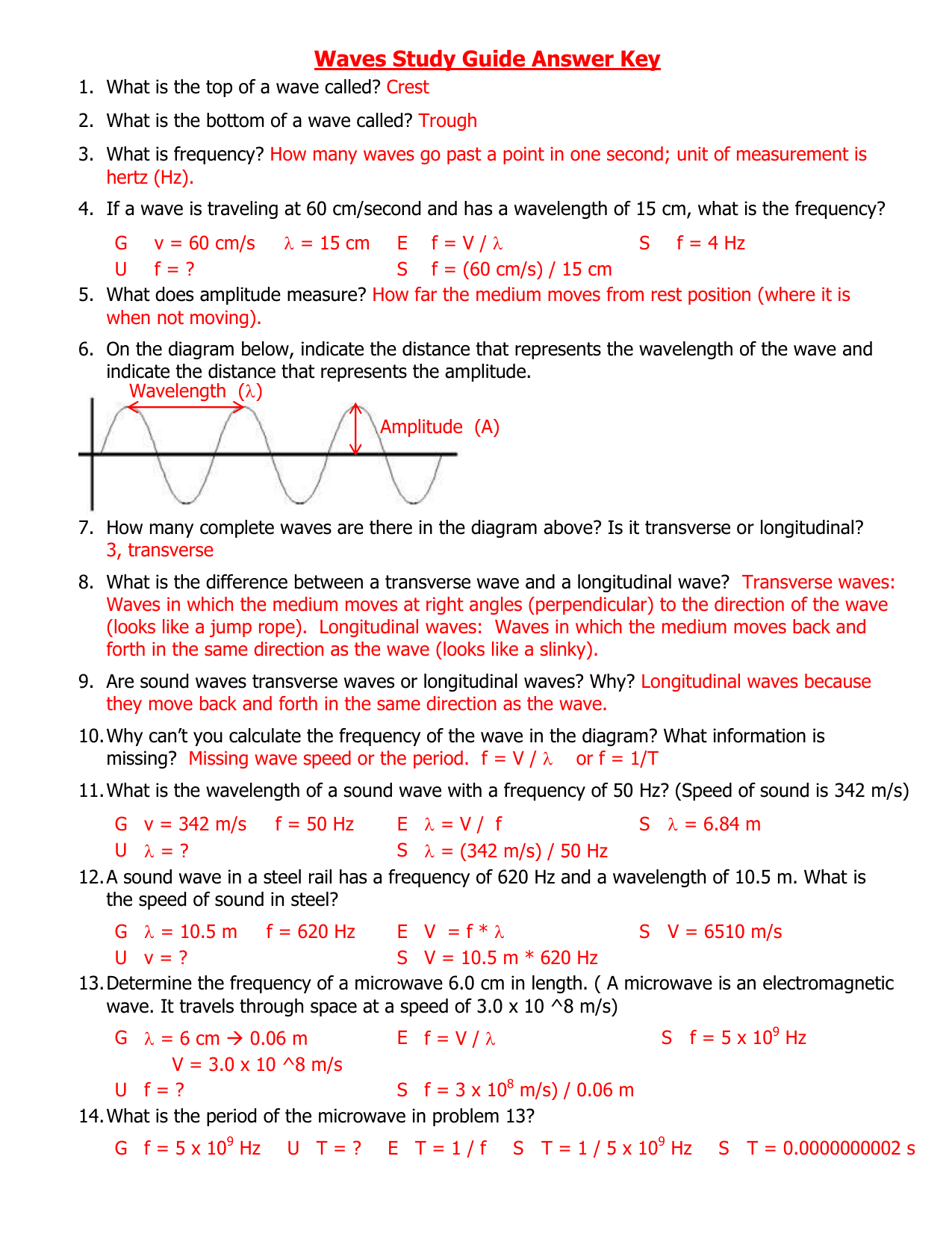
www.proworksheet.my.id
Wave Worksheet Answer Key – E-streetlight.com
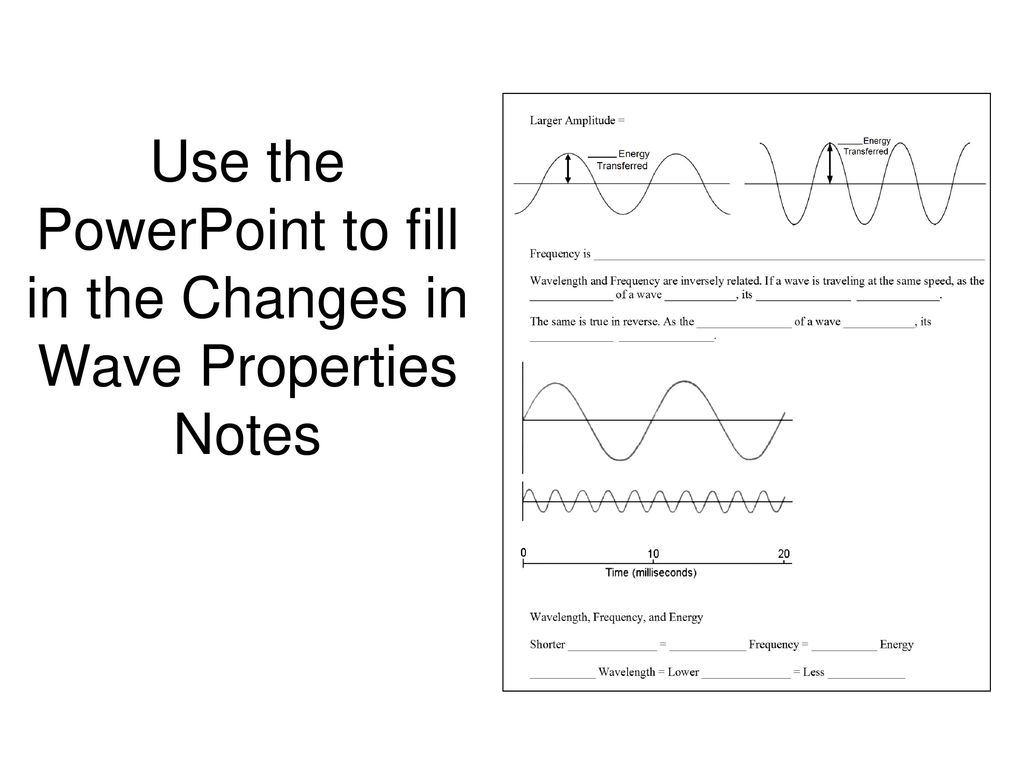
www.e-streetlight.com
Waves Review Worksheet Answer Key Beautiful Light Waves Chem Worksheet

www.pinterest.co.uk
Wave Worksheet Answer Key Lovely Anatomy A Wave Worksheet – Chessmuseum
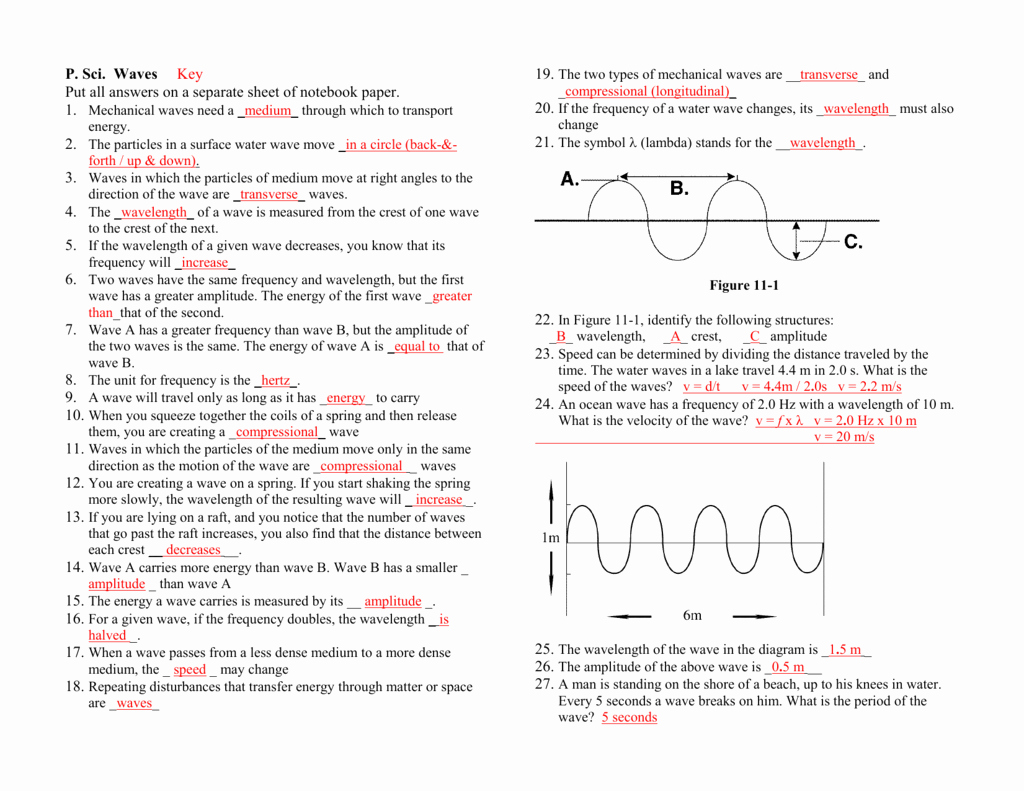
chessmuseum.org
Wave Worksheet Answer Key – E-streetlight.com
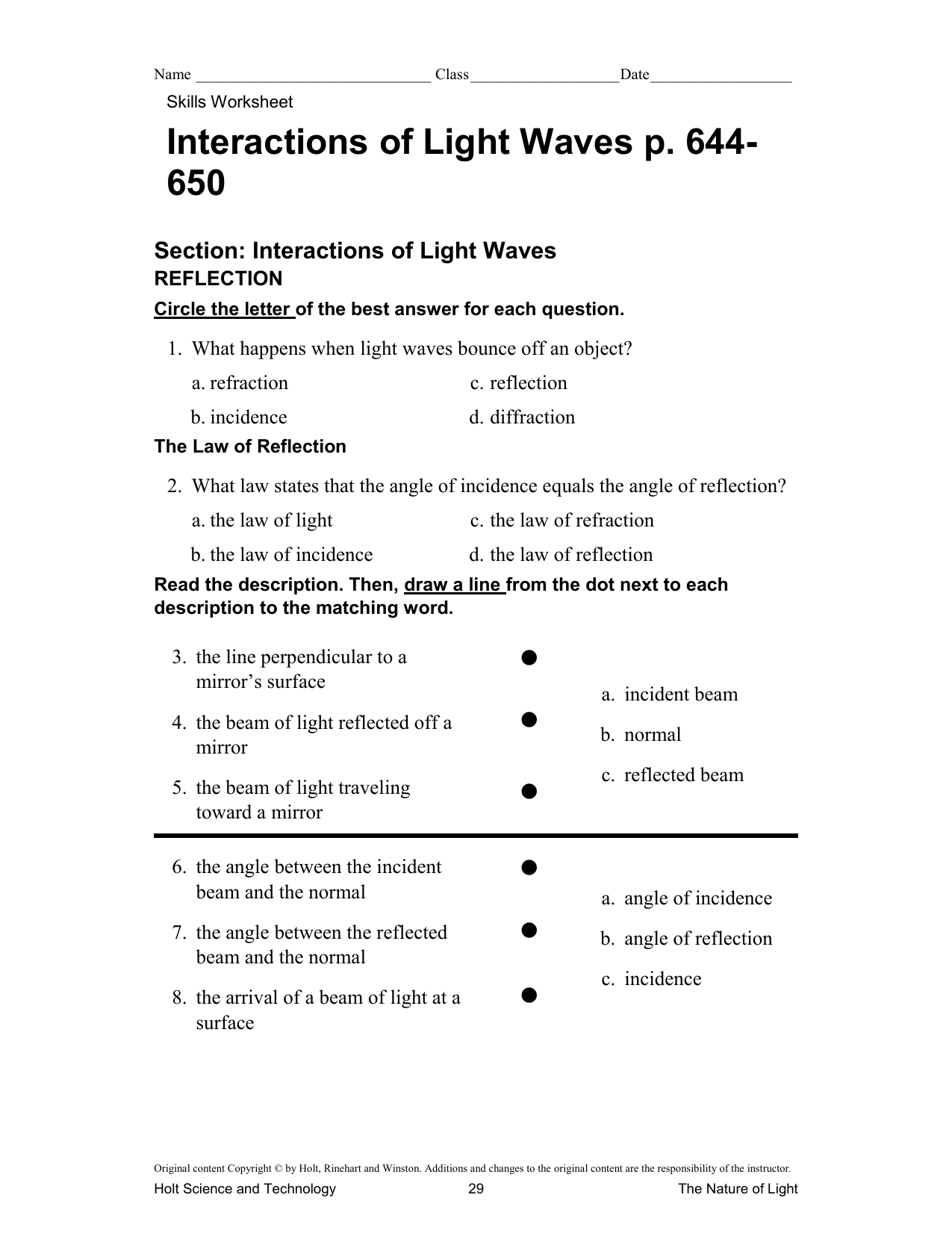
www.e-streetlight.com
17 Light And Waves Worksheet / Worksheeto.com
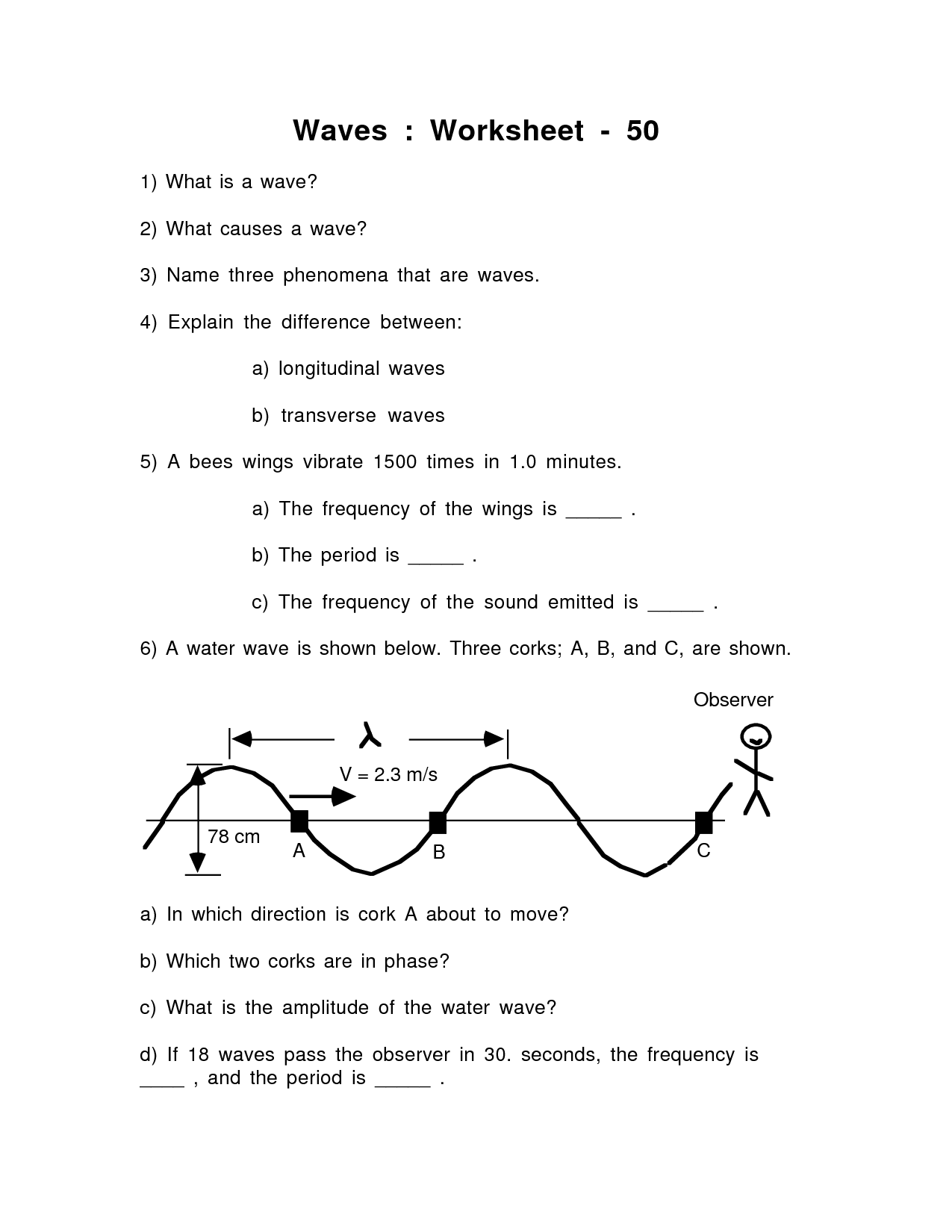
www.worksheeto.com
Sound Waves Worksheet Middle School | Science Worksheets, Middle School

www.pinterest.com
Longitudinal Wave Worksheet Answer Key – Printable Word Searches

davida.davivienda.com
Sound waves investigation worksheet. Longitudinal wave worksheet answer key. wave worksheet answer key – pro worksheet